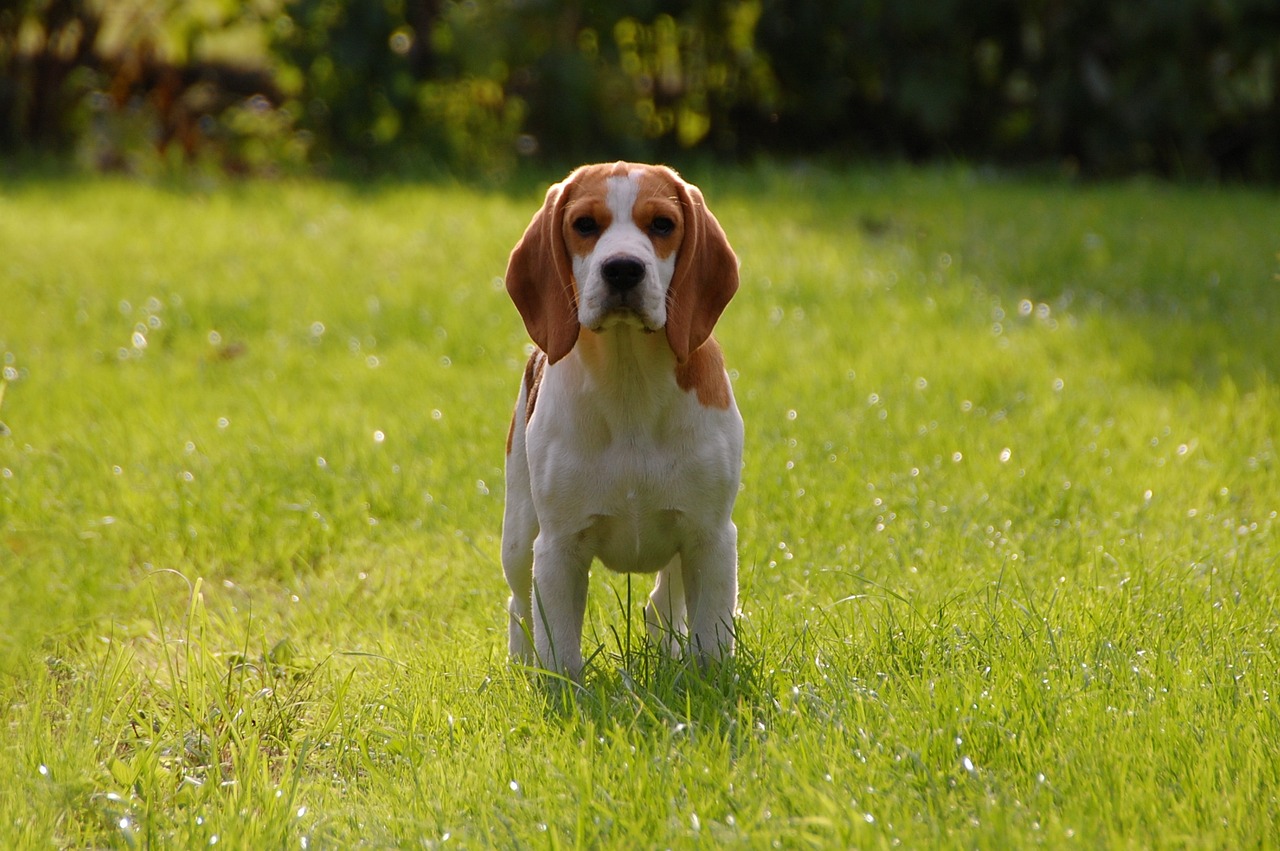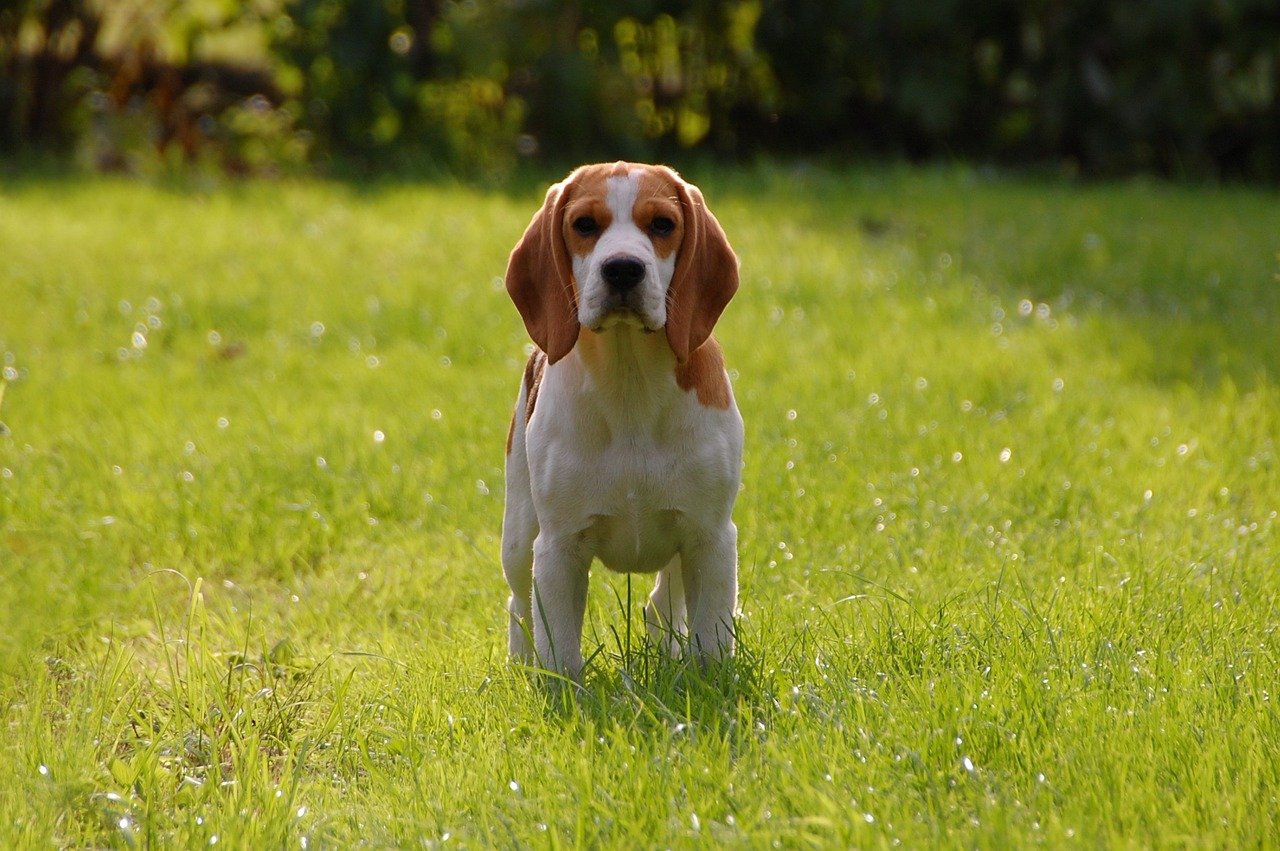When it comes to withstanding temperature extremes, beagles are quite remarkable. Despite their relatively small size, these charming hounds are incredibly resilient in both hot and cold conditions. Did you know that beagles have a double coat that provides insulation and protection from the elements? This unique feature allows them to adapt to a wide range of temperatures, making them well-suited for various environments.
Beagles have a rich history as hunting dogs, with origins dating back to ancient Greece. Their endurance and adaptability were prized traits, as they were often used for tracking game in diverse terrains and climates. Today, beagles continue to exhibit their remarkable tolerance for different temperatures. In fact, studies have shown that beagles can tolerate temperatures as low as 32°F (0°C) and as high as 85°F (29°C) without experiencing significant distress. This adaptability is a testament to their strong genetics and their ability to acclimate to their surroundings.
Beagles have a moderate tolerance for temperature extremes. They can withstand cold temperatures, provided they have adequate shelter and warm bedding. However, they are more susceptible to heat-related issues due to their short coats and minimal fat insulation. It’s important to keep them in a cool environment, provide plenty of fresh water, and avoid exercising them during the hottest parts of the day. Always monitor them closely for signs of overheating and take appropriate measures to ensure their comfort and safety.

What Temperatures Can Beagles Withstand?
Beagles, known for their cheerful and friendly nature, are a popular breed of dog. As a responsible pet owner, it is important to understand the temperature limitations that beagles can tolerate. Beagles have some specific features that affect how well they can handle different temperatures. Let’s explore the factors that influence a beagle’s ability to withstand varying temperatures.
Coat Type and Insulation
A beagle’s coat plays a crucial role in helping them regulate their body temperature. Beagles have a short, dense, and water-resistant coat that provides insulation. This coat acts as a barrier against extreme temperatures, keeping them warm in colder conditions and cooler in hotter environments.
During colder weather, a beagle’s thick coat helps retain body heat, keeping them comfortable. However, this also means they may overheat more easily during warmer weather. Beagles are prone to overheating due to their reduced ability to efficiently cool themselves compared to breeds with longer coats.
Extreme Cold
Beagles have a higher tolerance for cold weather compared to many other breeds. Their dense coat helps to keep them warm and insulated. However, it’s essential to monitor your beagle in extremely cold temperatures and ensure they have a warm and sheltered area to retreat to when needed. Consider providing them with an extra layer in the form of a dog sweater or coat to provide additional warmth during chilly walks.
While beagles can handle colder temperatures, it’s important to note that all dogs, including beagles, are susceptible to frostbite and hypothermia. Limit their time outdoors during extremely cold weather and watch out for signs of discomfort or distress.
Hot Weather
Beagles have more difficulty coping with hot weather due to their shorter coats and limited ability to cool themselves. They are more prone to heat exhaustion and heatstroke, which can be life-threatening. It’s crucial to protect your beagle from excessive heat and take certain measures to ensure their well-being during hot weather conditions.
Avoid taking your beagle for walks during the hottest parts of the day and opt for early mornings or evenings when temperatures are cooler. Provide plenty of shade and fresh water for them to drink. Never leave your beagle in a car, as temperatures can rise rapidly even with the windows cracked open.
Activity Level and Exercise
The activity level and exercise routine of a beagle also play a role in how well they can tolerate different temperatures. Beagles are an active breed and require regular exercise to stay physically and mentally stimulated. Their exercise routine should be adjusted based on the temperature to prevent overheating or freezing.
Exercise in Cold Weather
During colder weather, beagles may need shorter walks or more frequent breaks to warm up. Pay attention to their behavior and signs of discomfort. If they start shivering or lifting their paws off the ground, it’s an indication that they are feeling too cold. Consider using dog booties to protect their paws from ice and salted roads.
Exercise in Hot Weather
When it comes to exercising in hot weather, it’s essential to be cautious and make adjustments to prevent overheating. Opt for shorter and less intense walks during the hottest parts of the day. Keep an eye out for signs of overheating, such as excessive panting, drooling, or lethargy. Always carry water for your beagle to prevent dehydration.
Age and Health Conditions
The age and health condition of a beagle can impact their ability to tolerate extreme temperatures. Older dogs and those with underlying health conditions may be more vulnerable to temperature extremes. It’s important to consider their individual needs and make appropriate adjustments to keep them comfortable.
Monitoring Your Beagle’s Comfort
As a responsible pet owner, it is crucial to monitor your beagle’s comfort level in different temperatures. Keep an eye on their behavior, physical signs, and overall well-being. If they seem excessively cold or hot, take the necessary steps to ensure their comfort.
Consult with your veterinarian for specific guidelines and recommendations based on your beagle’s individual needs and any health conditions they may have.
Conclusion
Beagles have a moderate tolerance for cold weather but are more susceptible to heat-related issues. Their coat, activity level, and health condition are important factors that determine their ability to withstand varying temperatures. As a responsible owner, it’s essential to make adjustments and provide the necessary care to keep your beagle safe and comfortable in different weather conditions.
Key Takeaways: What Temperatures Can Beagles Withstand?
- Beagles can tolerate cold temperatures, but it’s important to provide them with proper shelter, insulation, and warm bedding during winter.
- Extreme heat can be detrimental to beagles, as they are more susceptible to heatstroke. Keep them in a cool, shaded area and provide plenty of fresh water.
- Beagles have a double coat that helps regulate their body temperature, making them well-suited for varying weather conditions.
- It’s crucial to monitor your beagle’s behavior, as excessive shivering or panting could indicate discomfort in extreme temperatures.
- When exercising your beagle in hot or cold weather, be mindful of their endurance and adjust accordingly to avoid overexertion or exposure.
Frequently Asked Questions
Here are some common questions about the temperatures that beagles can withstand:
1. What is the ideal temperature range for beagles?
Beagles are comfortable in temperatures between 50°F (10°C) and 85°F (29°C). This range provides them with optimal conditions to thrive without being too hot or too cold. It is important to monitor the temperature and make sure they have access to shade and water during hot weather, and proper shelter and warmth during cold weather.
If the temperature goes above or below this range, beagles may experience discomfort or health issues. Extreme heat can lead to heatstroke and dehydration, while extreme cold can cause hypothermia. It’s essential to keep an eye on your beagle’s behavior and signs of discomfort in different temperatures to ensure their well-being.
2. Can beagles tolerate hot weather?
Beagles can tolerate hot weather to some extent, but they are not well-suited for extremely high temperatures. They have a double coat that helps regulate their body temperature, but it’s important to provide them with cool and shaded areas to rest and access to fresh water at all times.
During hot weather, beagles are prone to heat exhaustion and heatstroke. Signs of overheating include excessive panting, drooling, lethargy, and vomiting. If you notice any of these signs, it’s crucial to move your beagle to a cooler area and offer them water. If their condition worsens, seek immediate veterinary attention.
3. How do beagles handle cold weather?
Beagles are more tolerant of cold weather compared to hot weather due to their double coat. However, they still require protection from extremely low temperatures. Provide your beagle with a warm shelter that shields them from wind, rain, and snow. Additionally, consider using dog sweaters or jackets to provide additional warmth.
Monitor your beagle for signs of discomfort in cold weather. Symptoms of hypothermia include shivering, lethargy, slowed heart rate, and pale gums. If you suspect your beagle is experiencing hypothermia, immediately move them to a warm area and wrap them in blankets. Seek veterinary assistance as soon as possible.
4. What precautions should I take in extreme temperatures?
In extreme temperatures, it is essential to take extra precautions to ensure your beagle’s safety and well-being. During hot weather, provide plenty of shade, avoid outdoor activities during the hottest hours, and always have fresh water available. Consider using cooling mats or providing access to air-conditioned areas.
In cold weather, provide proper shelter with insulation, use pet-safe warmers, and limit your beagle’s time outdoors. Avoid icy surfaces and keep them away from freezing water sources. Additionally, be mindful of antifreeze, as it can be toxic to dogs if ingested.
5. Can beagles adapt to different climates?
Beagles can adapt to different climates, but it’s important to provide them with the necessary care and accommodations. They can adjust to both hot and cold climates with the right precautions. Their adaptability depends on their age, overall health, and the duration of exposure to the climate.
When transitioning your beagle to a new climate, gradually expose them to the changes and monitor their response. If you are planning to move to a significantly different climate, consult with a veterinarian for guidance on how to best prepare your beagle for the transition.
Beagles can withstand a wide range of temperatures but are most comfortable in moderate climates.
They have a short, dense coat that provides some insulation against the cold, but they can also overheat in hot weather due to their small size and lack of a substantial undercoat.
